Recently, a research team led by well-known skincare expert Oozageer Gunowa published a breakthrough study in the journal "Medical Frontiers". This study shows widespread disparities and unnecessary variations in wound care for people with darker skin tones, often due to a lack of insight or understanding. This finding provides a new perspective on improving the quality of wound care for dark-skinned people and reducing the burden on medical resources.
Quality issues in wound care have historically been prevalent among people with darker skin tones. Some common signs of wounds such as redness are more difficult to observe and identify directly in dark-skinned individuals due to darker skin tones. Such discrepancies and unwanted changes are often caused by a lack of deep understanding and insight into the physiological characteristics of dark skin.
To address this issue, the research team emphasized the importance of preventing skin tears. They note that preventing skin tears is a priority for improving skin health and wound care quality for people of all skin colors. For timely evaluation and selection of appropriate products, we need a deeper understanding of the wound care needs of dark-skinned people.
Additionally, studies have found that skin tears are associated with hospitalizations, longer hospital stays, and increased medical costs. These results are more likely to affect people with darker skin tones, as there are clear differences in how they receive care. To alleviate these burdens, guidance on the assessment, diagnosis, and management of skin tears in dark-skinned populations is urgently needed.
To this end, experts have put forward a series of suggestions. First, professional knowledge training on wound care for dark-skinned people should be strengthened to improve caregivers' insight and understanding. Secondly, for patients and caregivers, attention should be paid to publicity and education on the prevention of skin tears. Finally, further research into the wound care needs of dark-skinned populations is needed to develop more effective care methods and products.
Overall, this study sheds light on the challenges dark-skinned people face in wound care. By optimizing assessment, diagnosis, and management methods, we can improve patient care outcomes and ultimately reduce the burden on healthcare resources. This is of great significance for achieving more equitable and efficient medical services.

 English
English عربى
عربى Español
Español русский
русский 中文简体
中文简体








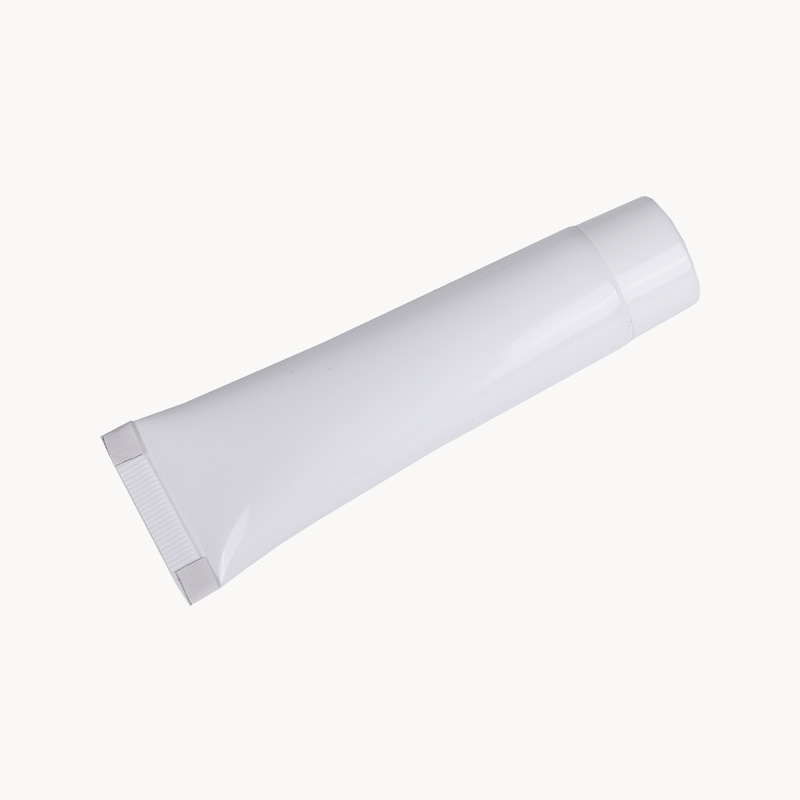
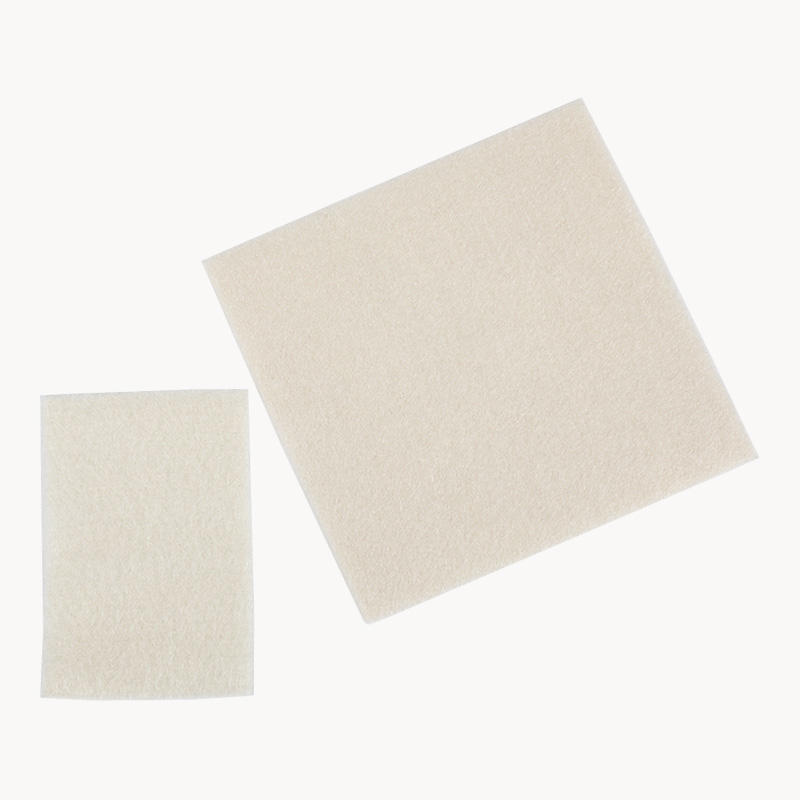
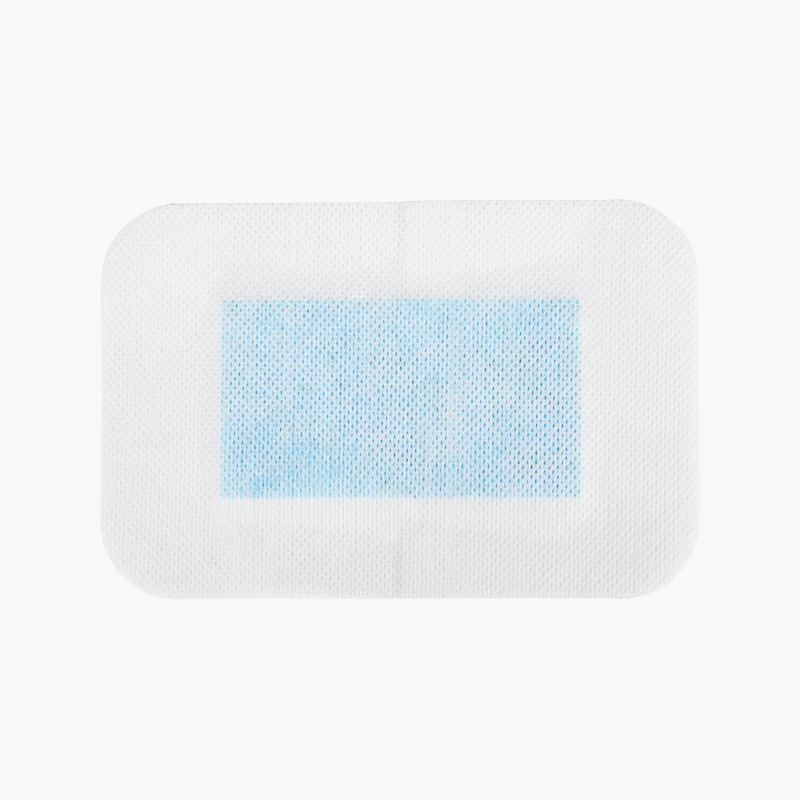
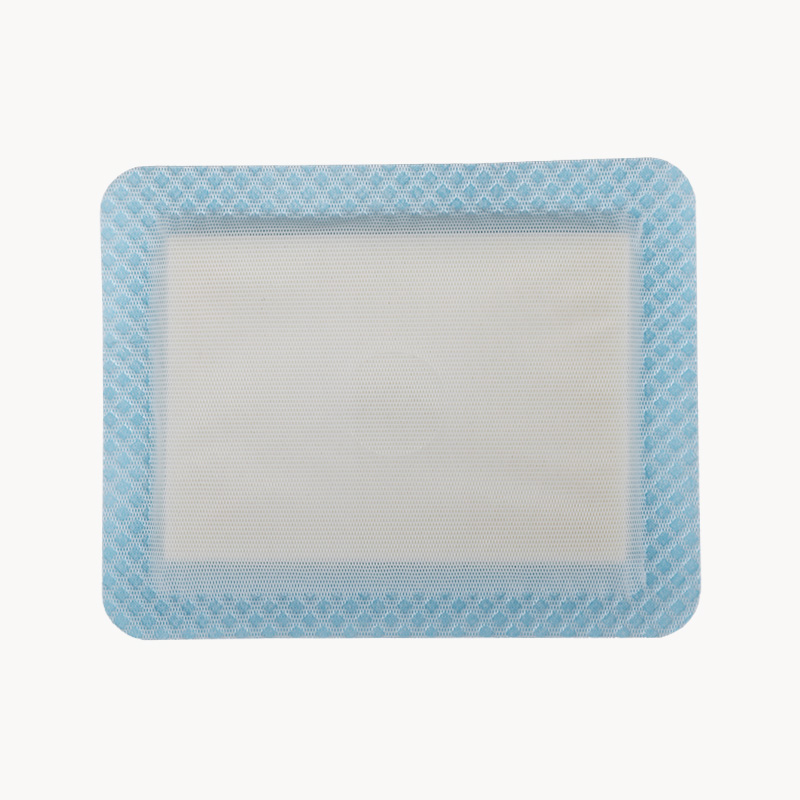
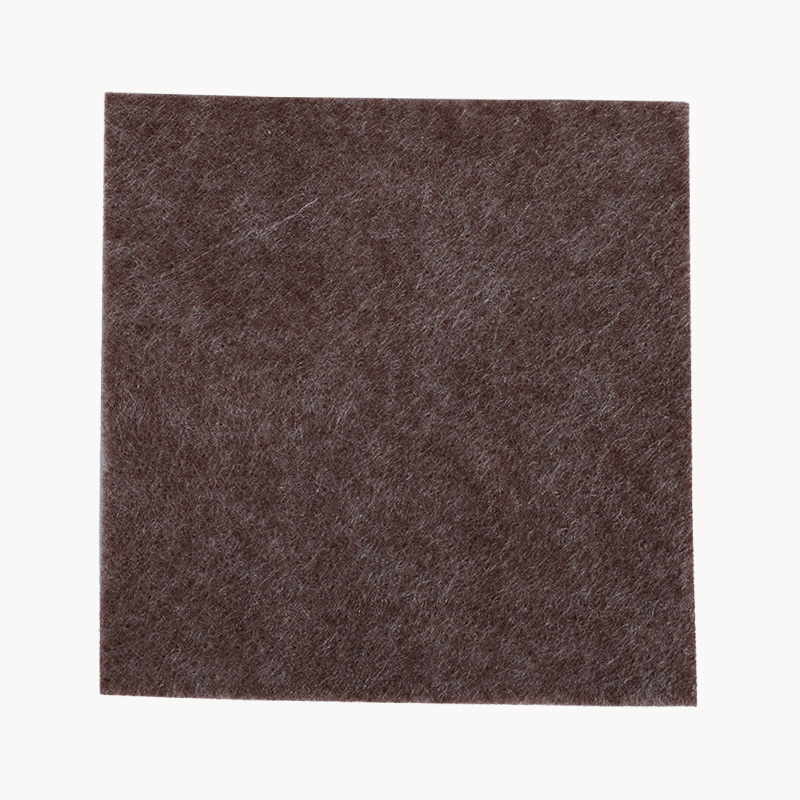


.jpg.png)


